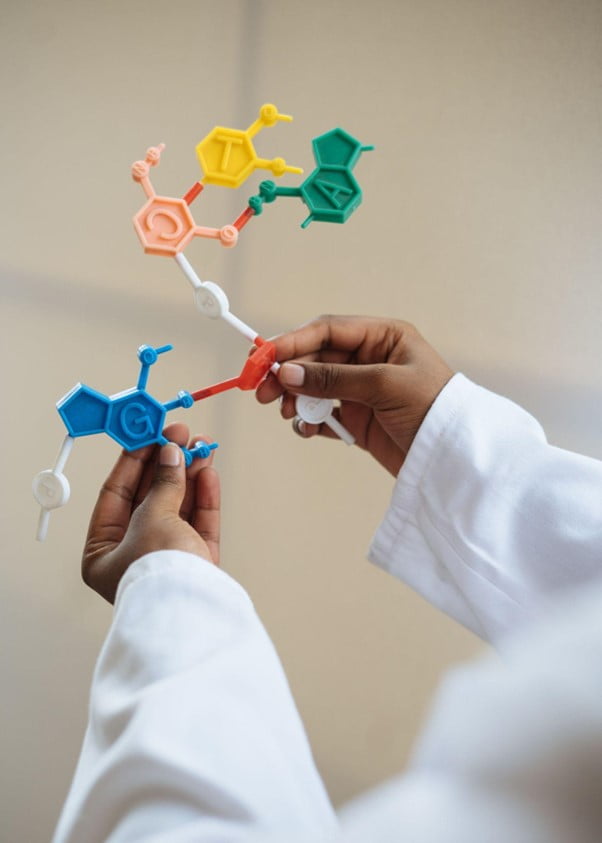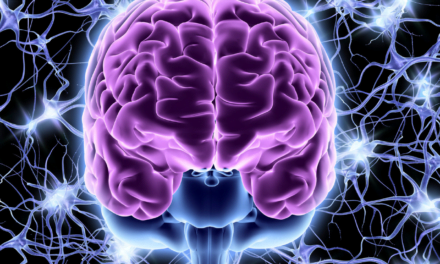These drugs have been used for decades to promote muscle growth, enhance athletic performance, and treat medical conditions such as muscle wasting, osteoporosis, and chronic diseases. However, the misuse and abuse of anabolic steroids have been associated with various adverse health effects, including liver damage, cardiovascular disease, infertility, and mood disorders. In this article, we will explore the evolving landscape of anabolic steroid research and development, including novel approaches to drug design, potential medical applications, gene editing, advances in detection methods, and future directions for research.
Novel Approaches to Anabolic Steroid Development
Non-steroidal anabolic agents: Scientists are exploring the development of non-steroidal compounds that can enhance muscle growth without the side effects of traditional anabolic steroids. These compounds target signaling pathways involved in muscle growth, such as the mTOR pathway, and show promise in preclinical studies.
Selective androgen receptor modulators (SARMs): SARMs are a class of drugs that selectively target androgen receptors in muscle tissue, leading to muscle growth without the unwanted effects on other organs. Several SARMs are in clinical trials to treat muscle wasting and osteoporosis.
Tissue-selective androgen complexes (TSACs): TSACs are a new class of compounds that combine an androgen molecule with a targeting molecule, such as a peptide or antibody, to deliver the drug to specific tissues selectively. TSACs can potentially improve the efficacy and safety of anabolic steroids by reducing off-target effects.
Potential Medical Applications of Anabolic Steroids
Anabolic steroids for treating muscle wasting: Anabolic steroids have been used for decades to treat muscle wasting in patients with diseases such as cancer, HIV/AIDS, and chronic obstructive pulmonary disease (COPD). Using non-steroidal and tissue-selective agents could improve the safety and efficacy of these treatments.
Anabolic steroids for the treatment of osteoporosis: Anabolic steroids can improve bone density and reduce the risk of fractures in patients with osteoporosis. However, their use is limited by the risk of side effects. SARMs and TSACs can potentially provide safer and more effective treatments for this condition.
Anabolic steroids for treating chronic diseases: Anabolic steroids have been explored as potential treatments for various chronic diseases, including diabetes, heart failure, and chronic kidney disease. Non-steroidal and tissue-selective agents could provide new treatment options for these conditions.
Advancements in Anabolic Steroid Detection in the UK
Detecting anabolic steroid use in athletes: In the United Kingdom, scientists and anti-doping agencies are making significant strides in developing new methods for detecting anabolic steroid use among athletes. These advancements aim to improve the accuracy and sensitivity of anti-doping testing, ensuring fair competition and maintaining the integrity of sports.
The UK’s role in anti-doping efforts: The United Kingdom has been actively involved in international anti-doping efforts, collaborating with other countries and organizations to develop robust detection methods for anabolic steroids. Through research and technological innovations, the UK is contributing to the global fight against doping in sports.
Anabolic Steroids and Gene Editing
CRISPR and gene editing technologies: Gene editing technologies such as CRISPR can potentially revolutionize the development of personalized anabolic steroid therapies. By targeting specific genes involved in muscle growth and androgen signaling, scientists could develop drugs tailored to individual patients.
The potential for personalized anabolic steroid therapies: Personalized anabolic steroid therapies could improve the efficacy and safety of these drugs by targeting specific genetic and physiological factors. This could also reduce the risk of side effects and improve patient outcomes.
Ethical considerations of gene editing and anabolic steroid use: Using gene editing for performance enhancement raises ethical questions about fairness, safety, and the potential for unintended consequences. It is essential to consider these issues as the field of personalized anabolic steroid therapies advances.
Advances in Anabolic Steroid Detection
New methods for detecting anabolic steroid use: Scientists are developing new methods for detecting anabolic steroid use
FAQS
Q: What are anabolic steroids?
A: Anabolic steroids are synthetic compounds that mimic the effects of testosterone, the male sex hormone, and are used to promote muscle growth, enhance athletic performance, and treat medical conditions.
Q: What are the potential medical applications of anabolic steroids?
A: Anabolic steroids have been used to treat muscle wasting, osteoporosis, and chronic diseases such as diabetes, heart failure, and chronic kidney disease.
Q: What are novel approaches to anabolic steroid development?
A: Novel approaches to anabolic steroid development include non-steroidal agents, selective androgen receptor modulators (SARMs), and tissue-selective androgen complexes (TSACs).
Q: What is gene editing in the context of anabolic steroids?
A: Gene editing technologies such as CRISPR can potentially revolutionize the development of personalized anabolic steroid therapies by targeting specific genes involved in muscle growth and androgen signaling.
Q: What are the potential ethical considerations of gene editing and anabolic steroid use?
A: Using gene editing for performance enhancement raises ethical questions about fairness, safety, and the potential for unintended consequences. It is essential to consider these issues as the field of personalized anabolic steroid therapies advances.
Q: How are scientists improving the detection of anabolic steroid use?
A: Scientists are developing new methods for detecting anabolic steroid use, which could improve the accuracy and sensitivity of anti-doping testing.
Q: What are the potential long-term health risks and benefits of anabolic steroid use?
A: The long-term health risks and benefits of anabolic steroid use are still being studied but include potential hazards such as liver damage, cardiovascular disease, infertility, and mood disorders, as well as potential benefits such as improved muscle mass and bone density.
Q: What are future directions for anabolic steroid research?
A: Future directions for anabolic steroid research include advancements in understanding the mechanisms of anabolic steroids, potential long-term health risks and benefits, and opportunities for interdisciplinary research.
Author

Dr. Aditya K. Sharma
I am Dr. Aditya Sharma, a dedicated urologist specializing in kidney transplants and advanced urological surgeries. My career is driven by a passion for delivering exceptional care and pioneering surgical techniques. Outside the operating room, I have a keen interest in studying the effects of anabolic steroids on bodybuilding, seeking to understand the fine line between enhancing performance and maintaining health.








